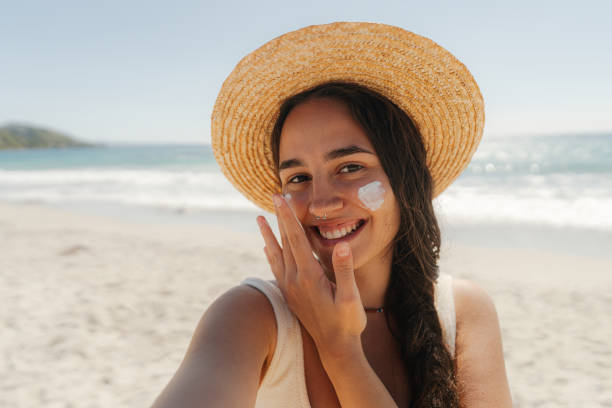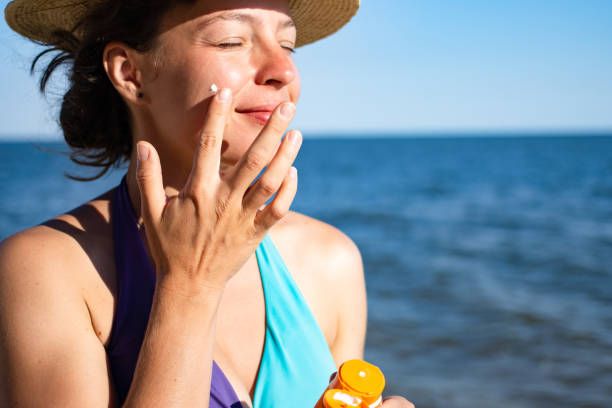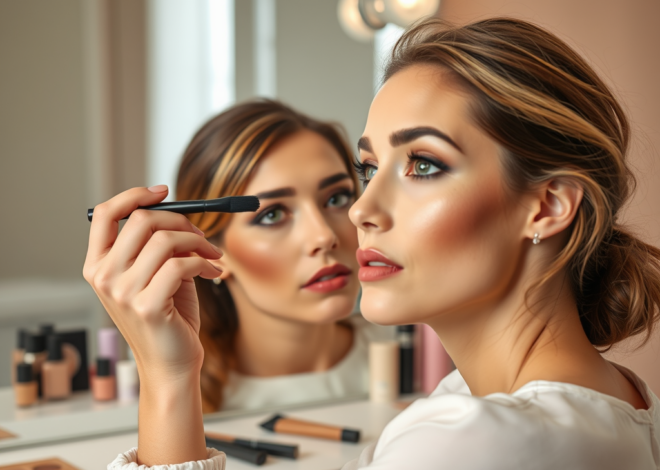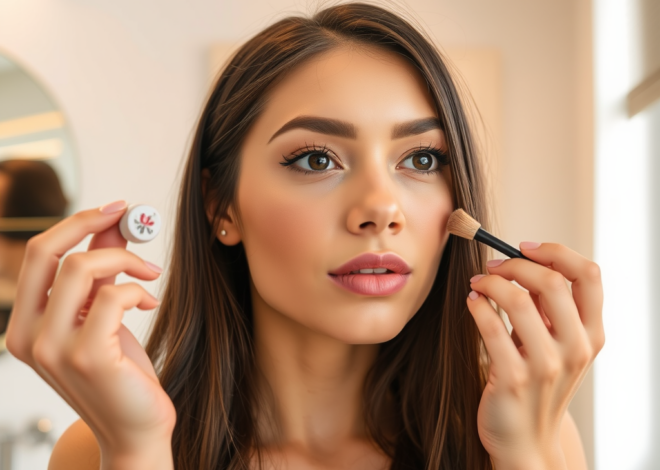
The Summer Skincare SPF Guide
The Summer Skincare SPF Guide
As summer approaches, ensuring your skin is protected from the sun’s harmful rays is essential. A comprehensive Summer Skincare SPF Guide is indispensable for maintaining healthy, youthful skin during those sunny days. In this article, we will explore various types of sun protection, how to choose the right SPF, application tips, and additional measures you should take to guard your skin against potential damage.
Understanding SPF and Sunscreen Types
SPF stands for Sun Protection Factor, a measure of how well a sunscreen will protect skin from UVB rays—the harmful radiation that causes sunburn and contributes to skin cancer. However, it’s important to understand that SPF is not indicative of the duration of exposure, but rather the amount of sun exposure. For instance, an SPF of 30 does not mean you can stay in the sun 30 times longer than without protection; it means you can be exposed to 30 times more UVB rays before burning. When choosing a sunscreen, you also need to consider its type:
- Chemical Sunscreens: These absorb UV rays and convert them into heat, which is then released from the skin.
- Physical Sunscreens (Mineral Sunscreens): Ingredients like Zinc Oxide or Titanium Dioxide form a barrier on the skin’s surface, reflecting UV rays away.
- Broad-Spectrum Sunscreens: Protect against both UVA (aging rays) and UVB (burning rays) radiation.
- Water-Resistant Sunscreens: Although no sunscreen is fully waterproof, these types are resistant to water for either 40 or 80 minutes before reapplication is necessary.
Regardless of type, a broad-spectrum sunscreen with an SPF of at least 30 is generally recommended for all skin types.
Choosing the Right SPF for Your Skin Type
Different skin types will react uniquely to sun exposure, thus requiring different SPF levels. People with fair skin that burns easily, typically need a higher SPF, while those with darker complexions that seldom burn may opt for a lower SPF. However, it is still advised for all skin types to use a minimum SPF of 30. Here’s how you should pick your SPF based on skin type:
- For fair skin prone to burning: SPF 50 or higher
- For light to medium skin tones that sometimes burn: SPF 30 to 50
- For olive to darker skin tones that rarely burn: SPF 15 to 30
Remember, even tanned or darker skin can suffer damage from UV rays, so no one should forego sunscreen.
Application Tips for Maximum Protection
How you apply sunscreen is as crucial as the product you choose. For effective protection, apply sunscreen 15 to 30 minutes before sun exposure to allow it to properly bind to the skin. Use a “”shot glass full”” amount for the entire body and a nickel-sized dollop for the face. Reapply every two hours and immediately after swimming, sweating, or towel drying. Here’s a step-by-step guide for application:
- Apply generously and evenly across all areas of exposed skin.
- Don’t forget often-missed spots like the ears, the tops of feet, and the back of the neck.
- For the face, apply sunscreen after your moisturizer but before makeup.
- If you’re using spray sunscreen, rub it in after application for even coverage.
- Be mindful of the expiration date as expired sunscreens lose efficacy.
Remember to consider the time of day—the sun’s rays are strongest between 10 am and 4 pm. Seeking shade during these peak hours can help minimize exposure.

Additional Sun Protection Measures
In addition to using SPF, taking additional steps can increase your protection against UV damage. Wear sun-protective clothing, like long-sleeved shirts, pants, and broad-brimmed hats. Opt for sunglasses with 100% UV protection to shield your eyes. Here are some protective measures to consider:
- Seek shade whenever possible, especially during peak sun intensity hours.
- Wear UV-blocking sunglasses and broad-brimmed hats for added facial protection.
- Consider UPF clothing (which has a sun protection factor for fabrics) for beach days or extended outdoor activities.
- Stay hydrated to help skin maintain its natural protective barrier.
- Take extra precautions near water, snow, and sand as they reflect and intensify the sun’s rays.
- Never rely on sunscreen alone—combine it with other protection methods for the best defense.
Maintaining a comprehensive approach to sun care can go a long way in preserving your skin’s health and preventing premature aging.
The Importance of After-Sun Care
Looking after your skin following sun exposure can soothe, repair, and replenish it. Hydration, both internally and externally, is vital after spending time in the sun. Apply aloe vera or a calming after-sun lotion to help reduce inflammation and moisturize the skin. If you experience a sunburn, taking a cool bath and using an over-the-counter hydrocortisone cream can help manage discomfort. Always avoid peeling skin manually and allow it to shed naturally to prevent scarring. Here’s a list of after-sun care tips:
- Drink plenty of water to rehydrate your body and skin.
- Use soothing aloe vera or after-sun products to moisturize and cool the skin.
- For sunburns, apply a cool compress and consider using a gentle, moisturizing cream.
- Continue using SPF daily, as skin can be more susceptible to damage after a burn.
- Avoid tight clothing that can irritate sunburned areas.
After-sun care is crucial for mitigating sun damage and maintaining skin’s health throughout the summer and beyond.
Conclusion
Protecting your skin from the sun’s harmful rays is an all-important task, especially during the summer months when UV exposure is at its peak. Incorporating a sunscreen with the appropriate SPF for your skin type, correctly applying it, reapplying as needed, and enhancing protection with additional measures can spare your skin from the immediate and long-term effects of sun damage. Remember the importance of after-sun care to soothe and repair your skin. Embracing these practices will not only help prevent sunburns but also contribute to the prevention of premature aging and skin cancer.
FAQs
- How much sunscreen should I apply on my face and body? For the body, use about one ounce (a shot glass full) to cover all exposed areas. For the face, a nickel-sized dollop is sufficient. Always apply a generous layer to ensure adequate protection.
- Can I skip sunscreen if it’s cloudy? No, UV rays can penetrate through clouds, so it’s essential to wear sunscreen every day, regardless of the weather.
- Is a higher SPF always better? Higher SPF offers more protection, but after SPF 50, the increase in UV protection is minimal. A broad-spectrum SPF between 30 and 50 is adequate for most people when used correctly.
- How often should I reapply sunscreen? Reapply every two hours, or immediately after swimming, sweating, or towel drying. Even if you’re using water-resistant sunscreen, it’s crucial to reapply frequently.
- Does makeup with SPF provide enough protection? Makeup with SPF doesn’t usually provide adequate coverage because people tend not to apply a thick enough layer. It’s best to use a standalone sunscreen under your makeup.


